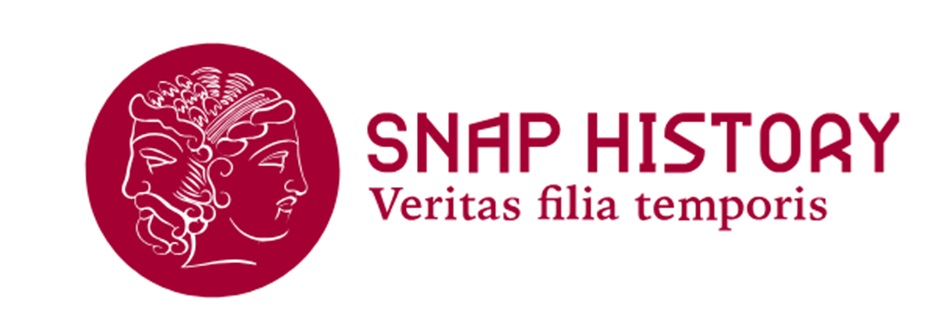Is Cultural Globalization a new phenomenon? Not exactly
Cultural hybridization, the result of globalization, has an ancient tradition

Image created with artificial intelligence
When we think about globalization, the first thing that comes to mind is globalization in a cultural sense because we experience it every day by frequenting restaurants with diverse culinary traditions, or by purchasing products of various kinds and origins, and finally in the habits we have chosen to adopt. Many believe that cultural hybridization is a recent phenomenon originating from recent globalization, whereas it has much older roots. We can find examples in ancient Roman history, observing a case of the importation of a cultural model during the period of the Etruscan kings. The first Etruscan king, Tarquinio Prisco, is credited with a "technological revolution" by introducing Etruscan elements into the Roman world, such as the first large monumental works, among which the most important was the ability to channel water with the subsequent land reclamation work, which brought agriculture to the center of the Roman economy and led to the decline of silvo-pastoral activities. Fast forward to modern times, another example can be found with the arrival of the Portuguese in Japan in 1543, who introduced many words into the Japanese language still in use today, such as pan (bread), tabako (cigarette), paraizo (paradise), as well as tools like clocks, eyeglasses, and the so-called tanegashima, or arquebuses, named after the island where they landed. Furthermore, between the late 17th and early 18th centuries in Russia, Peter the Great aimed to modernize his empire based on a Western model by importing innovations and customs. He sent many young members of the Russian aristocracy abroad to adopt Western sciences and manners; he imposed shaving faces and dressing in German fashion. Within a few decades, the mentality and customs of the Russian nobility underwent a profound evolution, which also led to a cultural gap between the nobility and the Russian peasant world, which remained tied to traditional customs. These few examples show how the importation and exportation of cultural models have always occurred, with globalization only serving to enhance them.
- Giovannella Cresci Marrone, Francesca Rohr Vio and Lorenzo Calvelli, Roma antica-Storia e Documenti, il Mulino, Bologna, 2020, p.48-49
- Rosa Caroli and Francesco Gatti, Storia del Giappone, Laterza, Bari, 2017, p.83-84
2025-02-06
Salvatore Ciccarello
